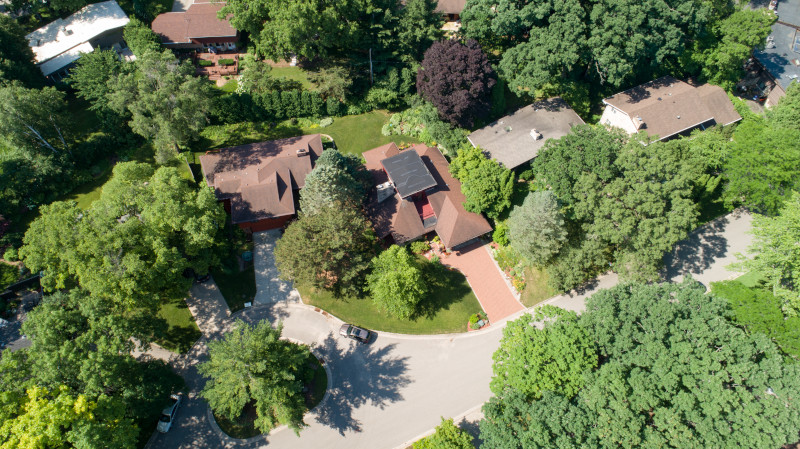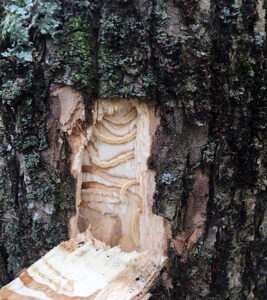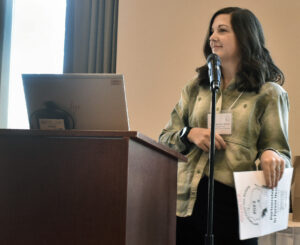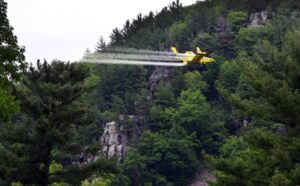
Started in 1976, Tree City USA is one of the Arbor Day Foundation’s oldest programs. The founders had a vision for a greener, healthier America and hoped this initiative would inspire change on a nationwide level. The first Tree City USA cohort was comprised of 42 communities in 16 states. Today, the program includes more than 3,600 communities from all 50 states, Washington D.C. and Puerto Rico.
Publicly demonstrating commitment to the environment is a great way to build pride among residents, as well as position your community as an attractive place to live. The Tree City USA program provides communities with a four-step framework to maintain and grow their tree cover. It also gives them an avenue to celebrate their work, showing residents, visitors and the entire country that they’re committed to the mission of environmental change.
Here are just a few examples of the 193 Tree Cities in Wisconsin.

 The Wisconsin Climate and Health Collaborative, a group of climate and health professionals from across the state working to create a healthier climate, people and communities through local action, wants to learn from you and your community! Take this short
The Wisconsin Climate and Health Collaborative, a group of climate and health professionals from across the state working to create a healthier climate, people and communities through local action, wants to learn from you and your community! Take this short  The University of Massachusetts Amherst is bringing back its Urban Forestry Today’s Summer Tree Summit, kicking it off with a discussion of how to define environmental justice in the context of urban tree canopy cover and urban forest management. Join Dexter Locke from the USDA Forest Service as he explains these important terms and concepts and their practical ramifications for urban foresters and residents.
The University of Massachusetts Amherst is bringing back its Urban Forestry Today’s Summer Tree Summit, kicking it off with a discussion of how to define environmental justice in the context of urban tree canopy cover and urban forest management. Join Dexter Locke from the USDA Forest Service as he explains these important terms and concepts and their practical ramifications for urban foresters and residents.





